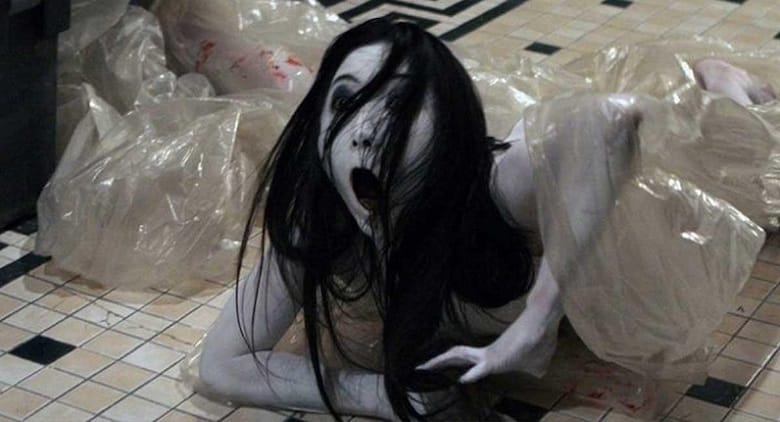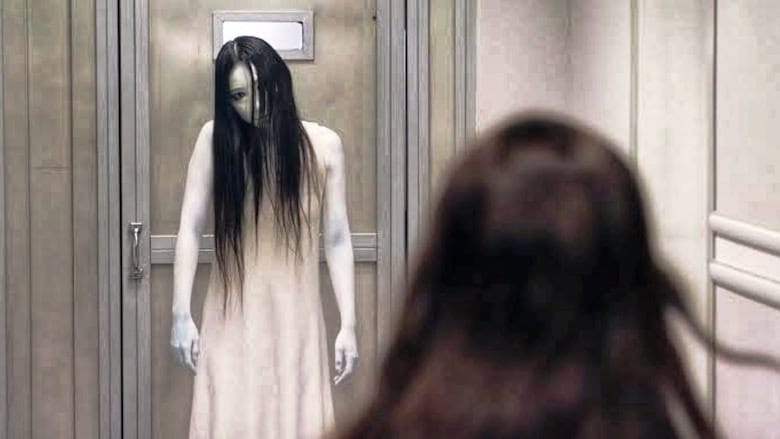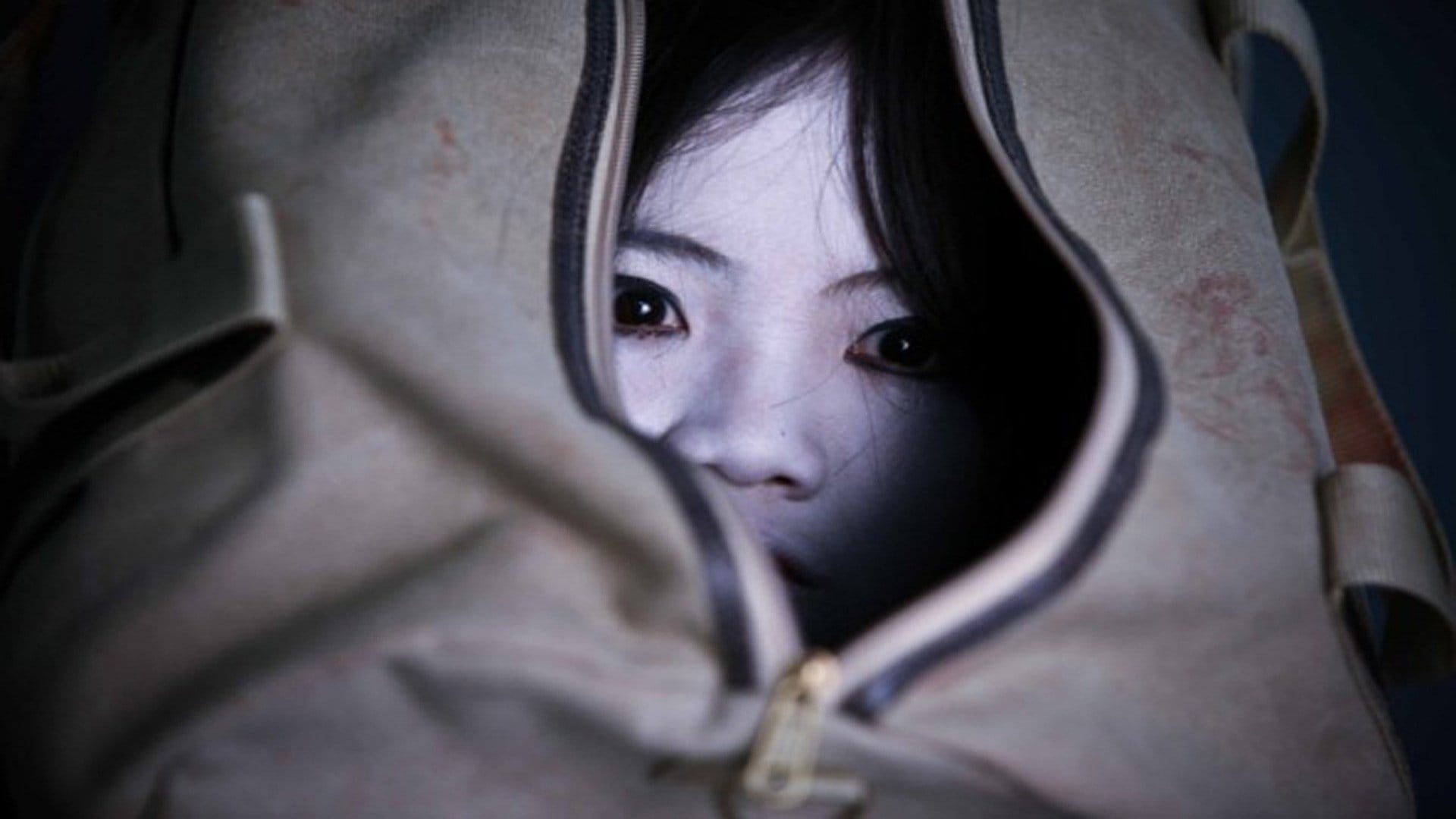When it comes to horror cinema the Japanese film industry, as horror fanatics would decisively vouch for, has it down. Dropping one chilling hit after another for years on end, these films have even the toughest of hearts shaking like a leaf. Their mastery of the art of horror, with all its subtleties and nuances, keeps the audience on edge the entire time.
The scare factor of Japanese horror movies is through the roof and consequently, many of them have inspired a Hollywood remake. Ju-On, the Takashi Shimizu masterpiece and one of the finest in the industry, is one such film that, due to its immense popularity following its release in 2002, prompted an American remake. Starring Sarah Michelle Gellar and Jason Behr amongst others, The Grudge, as it is called, was released in 2004.

Interestingly, both the Ju-On film series and most of the Grudge film series were directed by Shimizu and though largely similar, have some key differences. (Here is a quick guide to both franchises.) While the former adheres to the director’s original material, in the latter it is apparent that he played around and experimented with the idea to some degree. Without, of course, getting carried away and drifting too far from it.
Ju-On vs The Grudge — Common Themes and What Inspired Them
The entire Ju-On franchise, including the American remake, deals loosely with the theme of the “curse of grudge” which is what “Ju-On” roughly translates to. As he stated in his interviews, Shimizu in his remake leveraged the haunted house trope as well as the onryo or “vengeful ghost” trope, both of which were widely popular Japanese horror tropes at the time. The director does, however, put his own spin on these themes and experiments with them rather than just hopping on the bandwagon.
A very impressive aspect of these films is their depiction of the supernatural or the ghosts. Shimizu’s ghosts, unlike many unfortunate experiments in the horror industry (what’s happened to LA, Chicago, and NYC is a horror show but that’s another topic), don’t border on the ridiculous. A woman who croaks and a kid who meows—what could possibly be more unnerving?! Shimizu mentioned in an interview that he was inspired to “paint [his] ghosts white” based on his own fears as a child. A Japanese dance group would paint their naked bodies white and perform, which (understandably) terrified young Shimizu.
— FOUNDATIONS OF HORROR —
Further explore these subgenres & tropes. more>>
#Supernatural horror | #Ghosts are Scary | #Revenge is Sweet

The Ju-On vs The Grudge Debate—What’s Different and Which is Better?
As is the case with most remakes, the Ju-On vs The Grudge debate has persisted since the release of the Hollywood version in 2004. Right off the bat, the most obvious difference between the two is the way the narrative is structured. While, for the original films, Shimizu worked with his own screenplay, the American remake of course required him to adapt Susco’s screenplay that was tailored to best please the American audience.

Shimizu divided the storyline into several non-linear segments to render a stream of consciousness effect to the narrative. This did receive some criticism, which is why the American version delivered the story in a more tightened-up traditional way. Certain romance and detective elements were also introduced in the remake.
While the director did have a substantial budget for the original films, working with Sony and Sam Raimi for The Grudge gave him that extra boost to drop in some fantastic CGI that the film needed. Some of the ghost scenes in the remake, therefore, are all the more jarring for it. The one remarkable use of CGI in the remake that instantly comes to mind is that of one of the victims with his jaw ripped off. Terrifying, to say the least.
Though most of the scare sequences in The Grudge are directly derived from Ju-On, the intensity of the original films remains unmatched. The grainy footage of the Kayoko house tragedy at the very outset of the film establishes a grim and dark atmosphere that is impossible to shake off for the entirety of the run time (and after).
This makes all the scare sequences significantly more unnerving, something that the remake falls somewhat short of.
There is a reason why Hollywood decided to keep Shimizu at the helm for The Grudge — he showed immense potential as a genre director in Ju-On, despite limited resources. While it is argued that the considerably higher production value took a toll on the raw unnerving appeal of the original films, the remake still is undoubtedly well-crafted.
The fade-to-black ending of The Grudge shows the heroine getting confronted one final time by the ghost of the mother while Rika, in the original, gets drawn into the darkness by the ghosts. One may seem more memorable than the other, but that is entirely a matter of perception.
Final Thoughts
Ju-On and The Grudge are essentially the same story being presented in two slightly different ways. Both have certain merits over the other, but it is safe to say that the American remake is pretty high up in the list of great Japanese horror remakes.
Last Updated on May 6, 2021.

